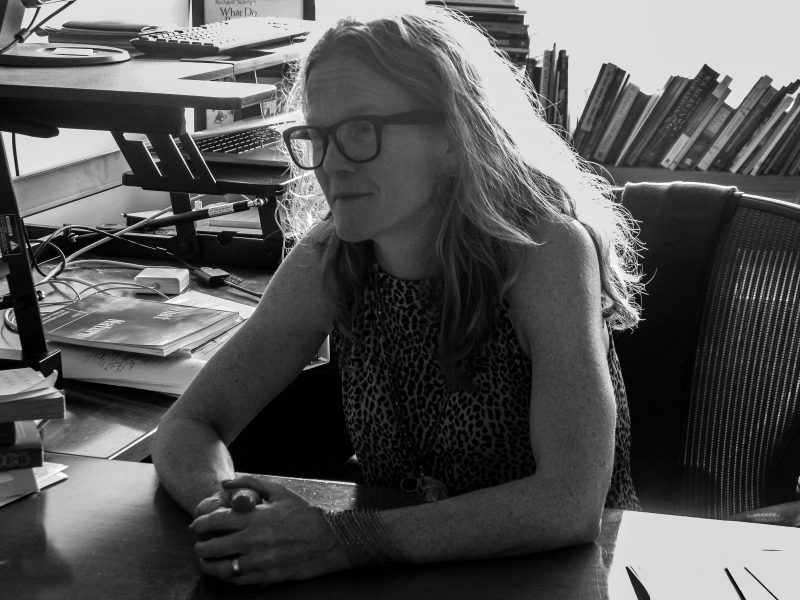The Trinity Review — Trinity’s student-run literary journal — prepares for a lively semester of cultivating students’ creativity through a number of means, whether by encouraging student participation in readings and events or by submission of their work for publication. While the Review is currently in the earlier stages of setting things up for the year, the staff — consisting primarily of students — is excited to welcome a variety of students to participate. Their first event of the semester will be a fiction reading on Sept. 20.
Kelly Carrol, senior and co-editor of the Review, talked about the responsibilities of the co-editors, noting how the application process worked for them.
“The three creative writing professors, Dr. [Jennifer] Browne, Dr. [Andrew] Porter and Dr. [Kelly] Carlisle all interviewed me to see if I had the qualifications necessary to be one of the two co-editors of the Trinity Review,” Carrol said. “Stuff like, ‘Do you have ideas for what the next Review could be like, are you good at directing people and keeping people on task?’ ”
Carrol also talked about how the co-editors’ interact with the other editorial staff members such as the design editor, the events coordinator and other editors.
“I think what we really want is to give creative writing students an authentic editorial experience, which means that they get to make the decisions,” said Jenny Browne, one of the faculty advisors of the Review. “Decisions about design, about content, how many pages, what balance of poetry, fiction or creative nonfiction or — more lately — visual art.”
Carrol discussed the kind of content that is submitted to the Review for publication, noting the variety of creative expression that is accepted and encouraged.
“We take art, we take photography, we take poetry and prose, we take nonfiction essays,” Carrol said. “Last year we took short plays, and that worked out well, so we may continue to do that. And as of right now, I believe that that is it so far, but we may be changing that again as we continue to refine our plans for this year’s review. … [As far as themes go,] we tend to take whatever people want to offer. A theme may come out of the submissions that we find and that we enjoy, or we may have a sort of logical order of progression of themes throughout the Review, more than focusing on one specific theme.”
Carrol noted the prevalence of creative writing students in the Review while also noting, as a biology major, the efforts to expand the Review’s welcome to students of varying majors and minors.
“We try to work with the creative writing classes pretty closely, since they are the most likely to be interested in our events, but we’re also going to try to be more interdisciplinary in areas besides creative writing,” Carrol said. “We’re trying to grow more interest in, say, showing the biology or the chemistry or the history departments and students in those majors that they too can have interesting pieces published in the Review, such as nonfiction essays.”
Carl Teegerstrom, senior and design editor for the Review, likewise echoed that the main challenge that the Review has faced has been outreach.
“The idea of the Review as this niche thing for people to write poetry is something we want to get away from,” Teegerstrom said. “We want to get the word around that people who write plays or write prose [or otherwise create art], even if you think your art and poetry is bad, it’s probably not. You could find a place here for whatever art you do.”
Teegerstrom expressed his hope that the events — such as the scary story contest or the love poetry reading or any other occasion for partaking in creative writing — help students to participate in activities that foster a community and bring them closer as peers.
“One of the things that creative writing students are always interested in is, ‘How do I publish my work?’ ” Browne said. “So for one thing, this is a really good opportunity to have your work in print — it makes it feel real, you can share it with other students, you can have it when you apply to grad school, that sort of thing. But one of the challenges I think we run into is that I don’t think the Review is as well known outside of the English department as I think it could be. … And I think there’s some real effort that this year’s editors are being more intentional about reaching out outside the English department.”
Students interested in either submitting a work or joining the staff can contact Jenny Browne or either of the two co-editors, Kelly Carrol or Emily Peter.







